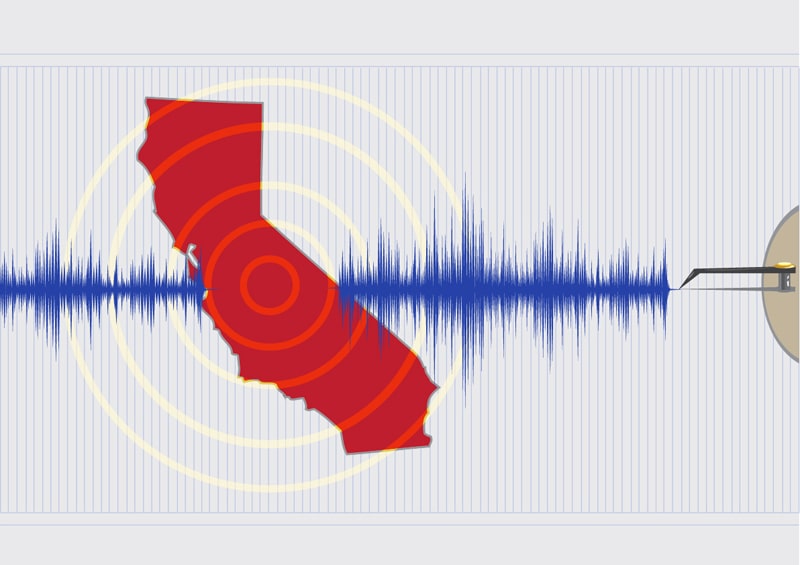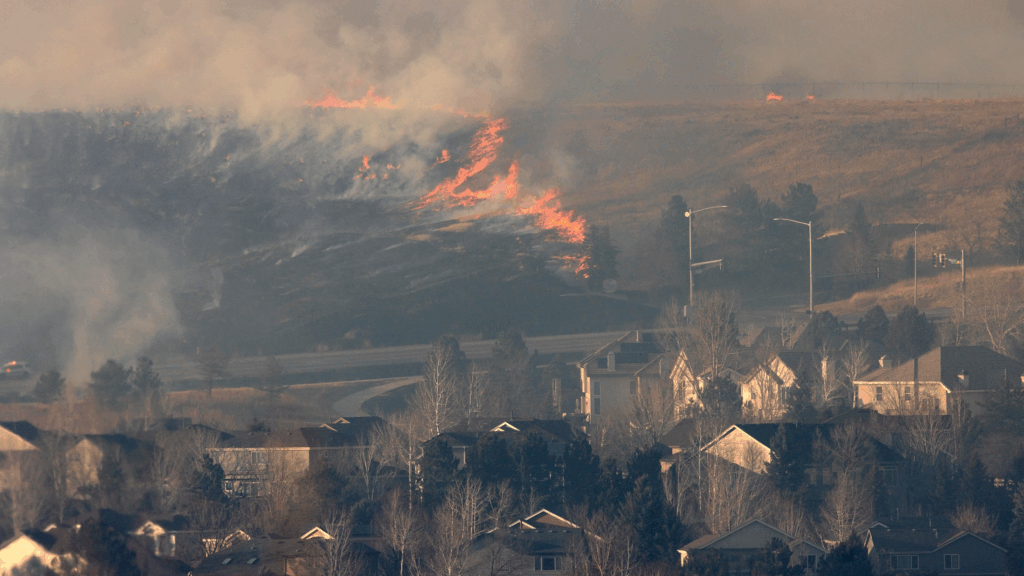Oil and gas wastewater disposal has been tied to a series of earthquakes in California for the first time, in a peer-reviewed study published last Thursday.
A string of quakes ending on Sept. 22, 2005 struck in Kern County near the southern end of California’s Central Valley – and the new study, published in Geophysical Research Letters, concluded that the odds that those quakes might have occurred by chance were just 3 percent.
Instead, the researchers honed in on a very specific set of culprits: three wastewater injection wells in the Tejon Oil Field. Between 2001 and 2010, the rate of wastewater injection at that oil field quintupled, and up to 95 percent of that wastewater was sent to just that trio of closely-spaced wells, the scientists noted.
The largest of the earthquakes in the swarm measured magnitude 4.6 on the Richter scale meaning that the quakes were relatively small, unlikely to have done any damage to buildings but significant enough to be felt by those in the area.
To be sure, natural earthquakes have always far outnumbered human-caused quakes in California – but the researchers warned that even if the number of industry-caused quakes is small, wastewater injection could be responsible for larger, more dangerous quakes in the future.
“Based on our empirical results, injection-induced earthquakes are expected to contribute marginally to the overall seismicity in California,” the researchers from the California Institute of Technology, University of California, University of Southern California and two French universities, wrote. “However, considering the numerous active faults in California, the seismogenic consequences of even a few induced cases can be devastating.”
The researchers also warned that the number of California quakes tied to oilfield activities has been little-studied compared to other parts of the country and that natural quakes may have “masked” the oil industry’s impacts.
The findings drew an immediate response from environmental groups.
“The more oil companies frack and drill, the more wastewater they inject into disposal wells near active faults,” Shaye Wolf, a scientist with the Center for Biological Diversity, said in a statement responding to the new research. “That’s an absolutely unacceptable risk in our earthquake-prone state.”
For years, federal scientists have known that wastewater injection has caused earthquakes in Oklahoma – a state that before the shale gas rush experienced just a two or three earthquakes over magnitude 3.0 a year, but in 2015 recorded over 840 quakes that size, some as large as magnitude 5.6 (ten times the size of California’s largest human-caused quake).
But the connection to California – which for years was the nation’s most earthquake prone state until Oklahoma’s sudden surge in quakes knocked California down to second place – is new. And unlike Oklahoma, where the recent tremors have so far caused property damage, California has a long history of natural earthquakes powerful enough to kill.
At the end of January, the U.S. Department of the Interior agreed to stop approving new offshore fracking operations along California’s Pacific coast, part of a deal with environmental groups that had sued over the agency’s failure to adequately measure the environmental risks, including the potential harm to endangered species, from permitting fracking at sea. Oil platforms have been allowed to legally dump up to 9 billion gallons of wastewater annually into California’s ocean.
The drought-plagued state has paradoxically grappled with a flood of oil and gas wastewater in recent years. California’s drillers annually pump out billions of barrels of wastewater, much of it laden with corrosive salts or carcinogens like benzene.
And while much of it is disposed of through wastewater injection, water shortages have created a market for drillers to treat that waste and sell it to farms where the food people eat is grown. “In central California’s San Joaquin Valley, Chevron piped almost 8 billion gallons of treated wastewater to almond and pistachio farmers last year,” Bloomberg reported in July. “California Resources Corp., the state’s biggest oil producer, plans to quadruple the water it sells to growers, Chief Executive Officer Todd Stevens told investors at an April conference.”
Even as the industry has experimented with other disposal techniques, wastewater injection has spiked. Since 1995, the amount of wastewater injected underground in California has roughly doubled, from under 20 billion gallons a year to nearly 40 billion.
In 2014, the California State Water Resources Board confirmed that over 3 billion gallons of wastewater tainted with fracking chemicals or other pollutants were injected directly into some of the state’s underground water aquifers, which were previously clean enough for people to drink from, with the permission of the state’s regulators.
The new study suggests that Californians may have more than water contamination to worry about from wastewater injection. The earthquakes struck near Bakersfield, CA – which is just 50 miles from one of the world’s most notorious fault lines, the San Andreas fault.
In December, researchers from Stanford’s School of Earth, Energy & Environmental Sciences announced the results of an investigation into human-caused earthquakes in Arkansas, finding that the more water is disposed at a given well, the stronger quakes become.
But, they added, at a certain point, there is likely to be a cap on how powerful an induced earthquake could become.
“The question becomes, Does it taper off at magnitude 3 or a more dangerous magnitude 6.5?” Prof. Jenny Suckale told the Stanford Report, as she described the findings in Arkansas.
The California study comes just two weeks after Canadian authorities shut down fracking at a well in Alberta over a 4.8 magnitude quake that struck near a town called Fox Creek. And in early January, Oklahoma was rattled by two quakes measuring 4.7 and 4.8 – some of the strongest quakes in recent memory.
The new publication drew the attention of federal earthquake authorities who said they found the tie between oilfield wastewater disposal and California’s earthquakes credible.
“In California, of course, we have a lot of natural seismicity here, so it’s much more difficult” to reliably connect quakes to human activities than in a place like Oklahoma, Art McGarr, US Geological Survey seismologist told the Associated Press. “Nonetheless, I think they made at least a fairly convincing case that these earthquakes were related to fluid injection.”
Subscribe to our newsletter
Stay up to date with DeSmog news and alerts






